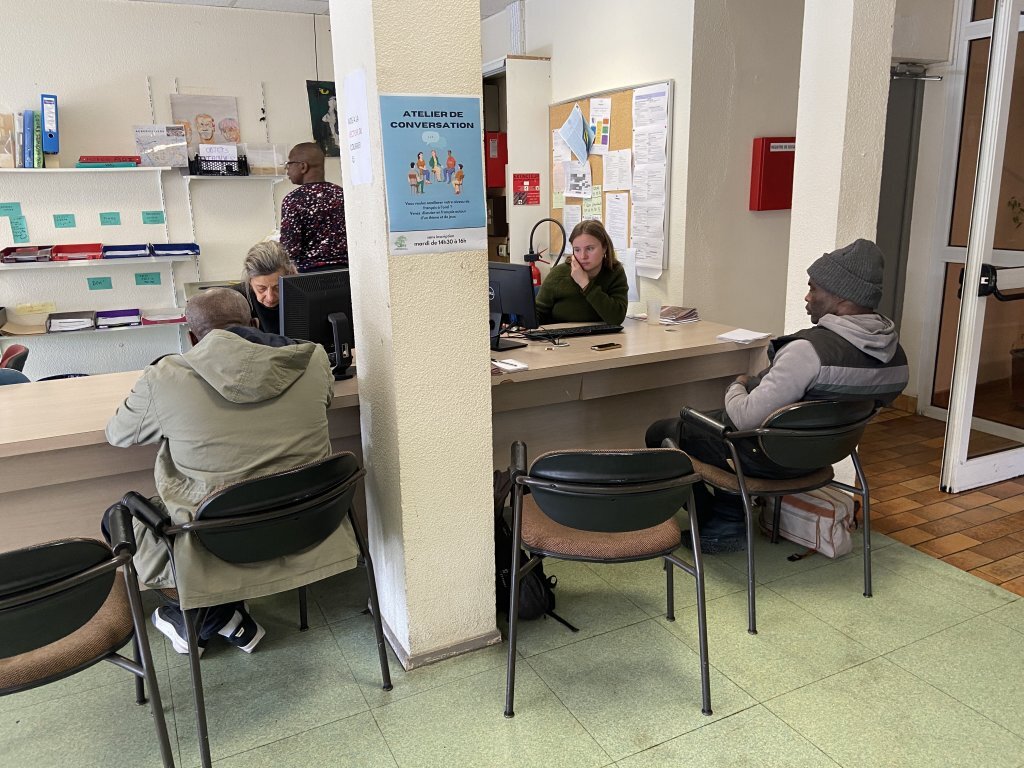Immigrants in Ireland are twice as likely as Irish-born residents to experience poverty after paying for housing, according to a new report by the Economic and Social Research Institute (ESRI). The 2024 Monitoring Report on Integration reveals that 38% of immigrants are at risk of poverty after covering rent or mortgage costs, compared to 19% of Irish-born individuals.
Despite having higher education levels and employment rates, migrants still earn lower incomes, making them more vulnerable to economic hardship. The report highlights that 36.5% of migrants spend over a third of their income on housing, while only 9% of Irish-born residents face the same burden.
The challenges are even greater for migrants from outside the EU, with more than 45% at risk of poverty after housing expenses. Homeownership rates also differ significantly—while 77% of Irish-born people own a home, only 37% of foreign-born residents do. Eastern Europeans and non-EU nationals are least likely to own property, with over 70% of Eastern Europeans renting privately.
The housing crisis has made the situation worse, as many migrants live in overcrowded housing or face homelessness. The shortage of rental properties is expected to prolong the time asylum seekers spend in direct provision and State-provided accommodation.
Additionally, migrants are less likely to access social housing, with only 6% of foreign-born residents benefiting from it, compared to 9% of Irish-born people. However, migrants from the UK have a higher rate of social housing occupancy at 10%.
The report also finds that migrants experience higher levels of consistent poverty, with 6.2% classified as “consistently poor” compared to 3.8% of Irish-born residents. A significant 23% of migrants cannot afford basic household necessities, compared to 16% of Irish people.
Income disparities persist, with Irish-born workers earning a median income of €27,602, while non-Irish workers earn €24,827. Eastern Europeans earn the least at €22,820, while Western Europeans earn the highest at €33,039.
Interestingly, migrants are more likely to hold higher education qualifications. About 70% of immigrants aged 25-34 have a third-level education, compared to 58% of Irish-born people. This is likely due to visa policies favoring skilled workers.
However, ESRI warns that data collection on migrant communities remains limited, as current national surveys are not specifically designed to capture migrant experiences. The lack of ethnicity data further complicates efforts to analyze these disparities accurately.

